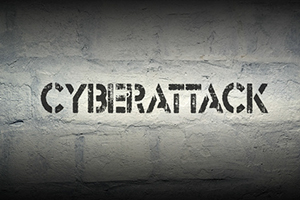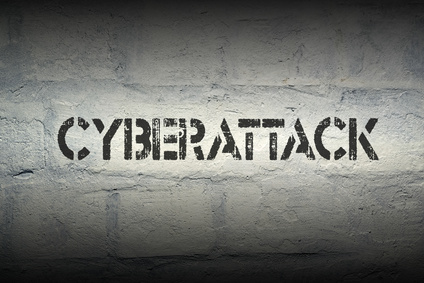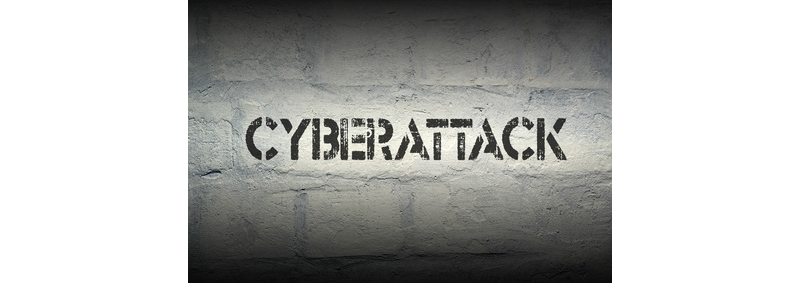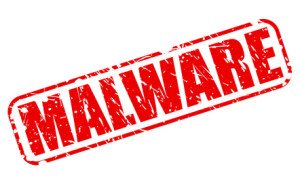
If you don’t want your child to end up in prison, or to be fired by a future employer over computer misuse, teaching them Internet ethics is a must!
In reality, Internet ethics should be taught at home and at school. The lessons must include the harsh consequences given for misuse of the powers everyone has when they are using a computer.
“One of the ‘Anonymous’ Hackers could Face 440 Years in Jail, charged with Cyberstalking”
 This isn’t just about social media bullying anymore. Bullying gets covered in school, the television news, movies and advertisements. Good parents understand bullying is wrong, whether it is on the playground or on the Internet. However, the Internet social skills being taught are not covering how our children are learning to get unauthorized access into websites and the consequences of such actions.
This isn’t just about social media bullying anymore. Bullying gets covered in school, the television news, movies and advertisements. Good parents understand bullying is wrong, whether it is on the playground or on the Internet. However, the Internet social skills being taught are not covering how our children are learning to get unauthorized access into websites and the consequences of such actions.
“A 12-year-old ‘Anonymous’ hacker has been sentenced to 18 months probation”
LEARNING WEBSITE HACKING FROM THE DARK WEB
Most parents don’t understand the Dark Web, or even know it exists. They also don’t understand what it offers or teaches their children. ‘Do It Yourself’ website hacking tools and instructions are abundantly available on the Dark Web. A young ‘Script Kiddie’ can cause as much damage to a website as an experience Hacker. The crime is the same, no matter what the perpetrator’s title or age is.
Here is how Wikipedia describes Script Kiddies:
In a Carnegie Mellon report prepared for the U.S. Department of Defense in 2005, Script Kiddies are defined as: “The more immature but unfortunately often just as dangerous exploiter of security lapses on the Internet. The typical script kiddy uses existing and frequently well known and easy-to-find techniques and programs or scripts to search for and exploit weaknesses in other computers on the Internet – often randomly and with little regard or perhaps even understanding of the potentially harmful consequences.”
“A 17-Year-Old boy arrested behind the locking of Apple Devices and demand Ransom”
Without a set of moral principles to guide their Internet usage, young children can grow up thinking it is OK to develop website hacking skills. After all, ‘it isn’t hurting anyone to break into a computer system and just look around’. That is the thinking of someone without Internet ethics and an understanding of the consequences of their actions.
Today it is the ‘Dark Web’, soon it will be something else. But with well-taught ethics in place, it won’t matter what the ‘next new thing’ is. As children mature they need to understand attempting to get into systems for which they are not authorized is wrong and criminal. The consequences are sometimes more severe than breaking into a neighbor’s home to ‘look around’.
“18-Year-Old arrested for Hacking school systems to change his and four other students’ grades”
BUSINESS WEBSITES
Our company hosts many websites for small businesses – most are just starting out in business. The owner’s website is what pays the bills and puts food on their families table.
 Imagine what happens if some youngster finds a way to bring down their website utilizing a tool they downloaded for free on the Dark Web. The motive? Just to see if they can do it. The consequences? Devastation to a small business and the arrest of a young adult.
Imagine what happens if some youngster finds a way to bring down their website utilizing a tool they downloaded for free on the Dark Web. The motive? Just to see if they can do it. The consequences? Devastation to a small business and the arrest of a young adult.
All websites large or small, custom designed or template based, e-commerce or informational, are targets for Hackers.
“AT&T hacker gets 41 months in prison”
Most small businesses can’t afford to hire someone to build a custom website for them. Many opt for modifying a free template or theme and utilizing a website system from WordPress. These sites can have little or no cost which explains why the Internet has about 75 million WordPress websites on it.
The shear number of WordPress websites makes them a target for young thrill seekers testing out their newly learned website hacking skills. Their computer scripts crawl the Internet looking for sites with old vulnerable software.
Small businesses typically lack the budget to hire an employee to keep their website software updated and secure. Some try to do it themselves, others outsource it. Our hosting company installs an extra security plugin called Wordfence for our clients that use WordPress. We also teach website owners how to keep their software updated.
We have found the free version of Wordfence to be very beneficial in stopping the young, eager hacker from seeking vulnerabilities in websites. It also sends alerts if a new software update is needed for the website. The paid version is worth every penny when you consider what it costs to repair a website, plus the money lost while the site is down.
 Our security software disrupts hacking attempts on client’s websites EVERY DAY.
Our security software disrupts hacking attempts on client’s websites EVERY DAY.
The attacks come from all over the world by Internet bots and by humans, but the most disheartening are those coming from towns right here in the U.S.A. Certainly all of the Hackers are not young, but we can see a large number are Script Kiddies utilizing old techniques.
There are so many hacking attempts we started to wonder why the young people were never taught ‘Internet right’ from ‘Internet wrong’. We figure the parents just don’t know what their young computer savvy children are doing. So we’ve decided to educate the parents in hopes the future lives of their children are not ruined by this early criminal activity. While some think breaking into a website and ‘just’ looking around is benign, we know it is criminal and a gateway to prison.
PARENTAL AWARENESS
Just by reading this article you have made yourself aware of one of the many temptations your child faces when using the Internet. Now you have to decide the appropriate time to discuss the temptations and consequences with your child and introduce them to Internet ethics. The ethics discussion will go a long way towards thwarting off new temptations. Use the following guideline to help in the discussion:
INTERNET ETHICS AND PARENTAL DISCUSSION GUIDELINES
- It is not OK to gain unauthorized access to another’s account. Do not access another user’s files.
- It is not OK to modify information on the Internet that you do not own.
- Never use a computer to cause harm to someone else. Notify an authority if you know someone is using a computer to cause harm to someone else.
- Respect the rights and property of others on the Internet. Don’t steal information or copyrighted material.
- Recognize and be sensitive to the fact that the Internet is international, not always subject to your local customs or values.
- Don’t pretend to be someone else, or use anonymity to behave like someone that you are not.
- Respect other’s views and that they have opinions. You don’t have to agree with them.
- Protect your personal information and use strong passwords.
- Respect other peoples passwords and their right to have private access to their information.
- Don’t use other’s (corporations or individuals) computer resources without their permission.
MORE ON THE DARK WEB
The Dark Web contains anonymous websites where items and information can be shared and downloaded anonymously. You cannot get to the Dark Web websites without special software. Serious users of the Dark Web use Linux based systems and run Tor. Anonymous browsing can be done using just the TOR browser.
The Tor Browser can be downloaded and used on Windows, Mac OS X, or Linux without the need to install other special software.
If your child is using the Tor Browser on their computer, you need to understand what they are using anonymity for.
THE HACKER LABELS
Consider what security professionals look at when investigating a website hack: means, motive, and opportunity. Young Hackers have the ‘means’ down – tools and techniques gotten from the Dark Web. The Hacker’s motives can be troubling to understand sometimes, but here is how they are generally classified:
- Fame Seekers (hack a site and post about it, etc.)
- Script Kiddies (considered derogatory to experienced Hackers, but can cause just as much damage)
- Hacktivist (politically or socially motivated purpose)
- Cyber Criminals (identity theft, money theft, data ransom, etc.,)
- Nation States (Government sponsored attackers)
HACKER HEADLINES
“UK: Now Hackers can face life in prison under new Government’s Law”
It is our business to follow Hacker reports and arrests. This is an area you shouldn’t have to follow. In fact, the only time a parent may ever hear about a Hacker being arrested is when it is their child, a friend’s child, or a schoolmate. The crimes of trying to get unauthorized access into a website are taken so seriously now, we supply the ‘breadcrumbs’ of all hacking attempts to the FBI.
There is an Arrested Hackers Archive listing the latest news on progress made putting Hackers behind bars. If you look at it, you will see there are also government attempts being made to go after those participating in the distribution of hacking tools on the Dark Web.
Please follow us socially for more updates and informaton.
Website: https://1stChoiceWebsiteSolutions.com
Facebook: https://www.facebook.com/WebsiteAgent
Twitter: @1st_CWS




 There are a lot of great logo designers in Chandler, AZ. Logo design is usually one of the first efforts small business owners spend money on. Getting a logo doesn’t have to be expensive. At
There are a lot of great logo designers in Chandler, AZ. Logo design is usually one of the first efforts small business owners spend money on. Getting a logo doesn’t have to be expensive. At